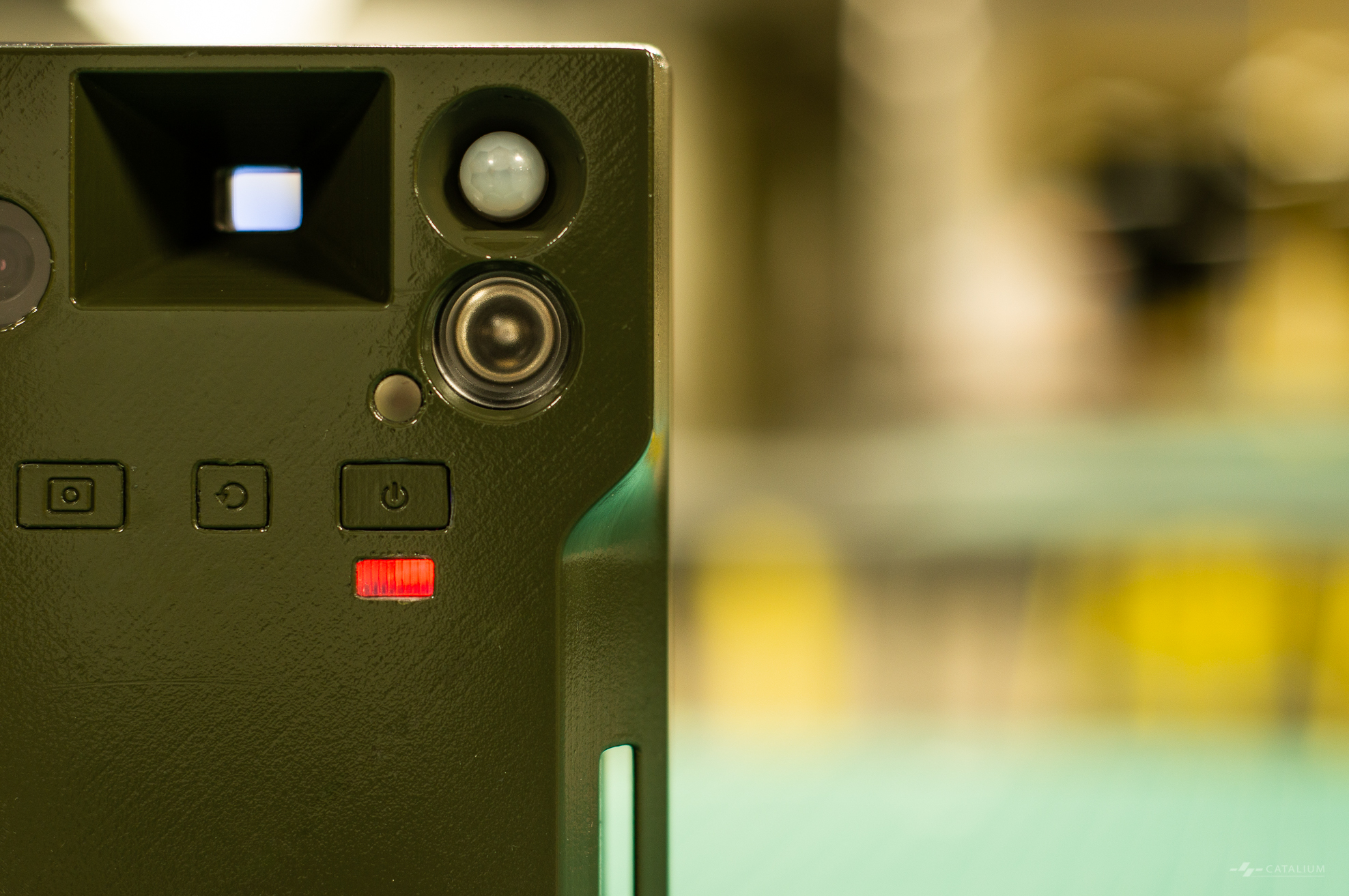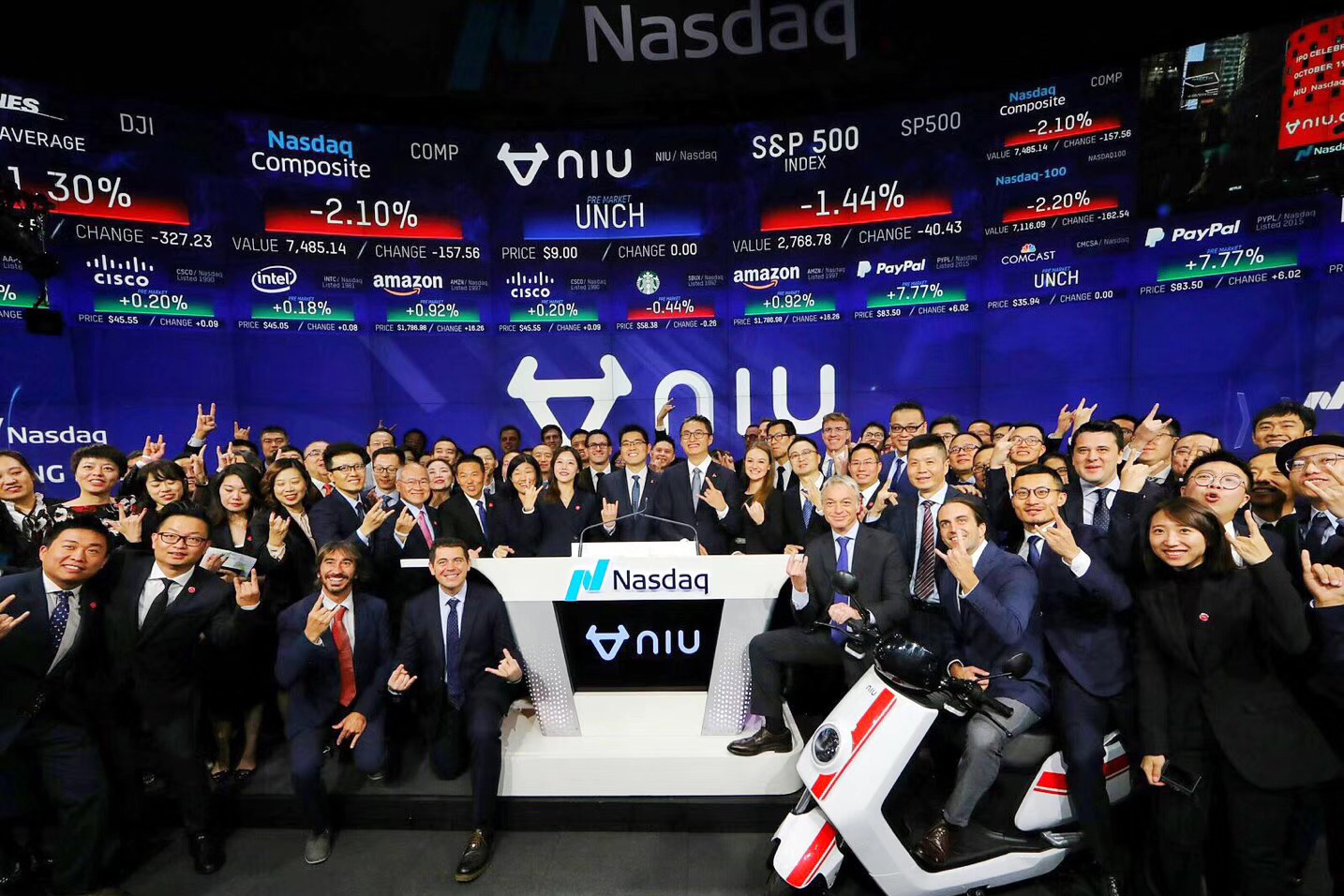Why I Write This?
December 14th, 2018 was my last day on enrollment at the University of Washington’s Global Innovation eXchange Institute (GIX). I graduated from there with a Master of Science in Technology Innovation degree.
There have been some requests from grad school applicants asking me for first-hand information on the study experience at GIX. To make the information accessible for more people, I am writing this post to share my observation and reflections on the journey.
Who Am I?
To better understand my perspective, you need to know more about my background. Before coming to GIX, I had spent five years in the industry—two years at a Beijing-based startup as Product Manager and experience designer, three years as a User Experience Designer at consultancies. I have a B.Eng. in Industrial Design degree. I learned how to code in Python and develop web layout with HTML/CSS by myself before coming to GIX. To know more about me, please check my LinkedIn.
Things You Need to Know
There are two tracks at GIX so far, MSTI and Dual-Degree. Dual-Degree has components from both UW (MSTI) and Tsinghua University (MEDSIT). Dual-Degree students share the MSTI track with MSTI-only students; in addition, they need to spend half a year at Tsinghua in Beijing for further study and research. Although the MSTI part is shared, Dual-Degree students need to do some research work even while on the MSTI track. So the experience of the Dual-Degree student could be slightly different from MSTI-only students. I was an MSTI-only student, so what I share here solely applies to the MSTI-only track.
Please be advised that what I write here are subjective, other cohort students might agree or disagree with my comments. I encourage you to reach out to past graduates who have a similar background with you for feedback which would align with your track. The program is evolving, we the first cohorts have given significant feedbacks to GIX for iterations. For instance, the sequence of the course for Cohort 2 is different from ours. It is a living program, everything is going better and better.



 Background
Background